Christmas with the Coffin Crew!
THIS month we’re going to be celebrating the holidays with Arch Whitehouse’s Coffin Crew! The Coffin Crew has as checkered a history in the pulps as they did in The Great War. The Coffin Crew is, in reality just a renamed Casket Crew. Arch Whitehouse had many series characters—there was flying reporter and U.S. Naval agent Billy “Buzz” Benson; Kerry Keen—ballistics expert by day and masked aerial crime fighter by night known as The Griffon; Coffin Kirk and his simian copilot Tank; Hale Aircraft Corporation Salesman and soldier of fortune Crash Carringer; Secret Service agents Todd Bancroft and Larry Leadbeater; those two old news-hawks Tug Hardwick and Beansie Bishop; and that hell-raising crew of a Handley Page bomber, the Casket Crew! So many, that when it came time to write a series of tales for the new Air Stories magazine in England, he simply wrote more stories of the Casket Crew and just renamed them The Coffin Crew for British readers.
Whitehouse had seven stories in the pages of the British Air Stories magazine—six of them were Coffin Crew adventures. This month we’ll be featuring those six tales as Age of Aces Books brings you “Christmas with the Coffin Crew!”

The Coffin Crew man a Handley Page bomber for one of the squadrons that makes up the Independent Air Force during the First World War. The Independent Air Force was chiefly brought about by the intensive Gotha raids on England during the first six months of 1917. The public demanded reprisals, so three squadrons were banded together with the purpose of giving back to the Germans what they had been doling out to the British.

The Handley Page 0/400 was generally crewed by five people. You had your front gunner, tail gunner, pilot, reserve pilot/bombing officer, and bomber. In the Coffin Crew stories, there is generally a sixth man whose job is to relay the info from the bomb sighter to the bomber so he knows when to pull the toggles and drop the bombs. Characters come and go, but the core members of the Coffin Crew are Lieutenant Graham Townsend, the mad Englishman, is the pilot of the bus with Lieutenant Phil Armitage, equally mad Canadian, the reserve pilot and bombing officer with Private Andy McGregor, still wearing his Black Watch kilts, rounding out the front end crew in the forward gun turret. Silent fighting Irishman Sergeant Michael Ryan, dragging on his short clay pipe, frequently worked the toggle board dropping the bombs and Horsey Horlick manning the rear gun turret.
The Casket Crew started with two stories in Airplane Stories (November 1930 & March 1931) before flying into the pages of Aces for 7 adventures in 1931 and 1932; followed by an additional 7 adventures in the pages of Wings in 1934 and 1935; and wrapping up in the final two issues of War Birds in 1937. These adventures of The Coffin Crew would slot in between the Wings and War Birds issues.
The Coffin Crew starts off 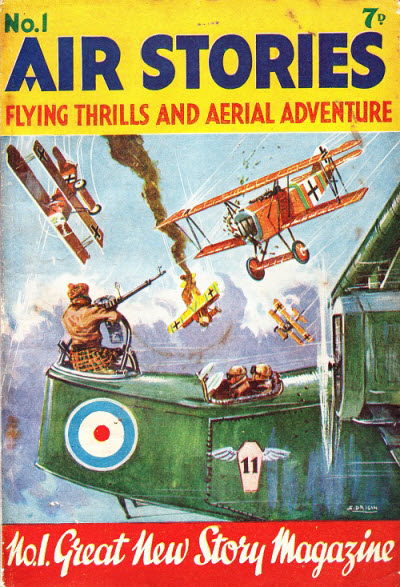 with a bang—even being on the cover of the first issue of Air Stories by S. Drigin. In this first story, the Crew is joined by one Meridith Lovelace who makes quite the entrance.
with a bang—even being on the cover of the first issue of Air Stories by S. Drigin. In this first story, the Crew is joined by one Meridith Lovelace who makes quite the entrance.
Mr. Meridith Lovelace was ready for the air. And how! His beaming countenance was encased in a fur-lined leather helmet, for which about three hundred Swiss yodellers must have hunted the elusive chamoix for years to get such priceless skins. On top of this rested the finest pair of Triplex glass goggles money could buy. Their lenses were bound in silver bands and the mask-pad was downy with sleek beaver. Beneath the turned-up leather collar of a gaudy flying-coat was wrapped a scarf that would have made Joseph and his Biblical coat go out and take the veil—evidently Meridith’s school colours. The coat in question was a natty garment cut for a musical-comedy aviator, but which must have put a heavy crimp in Mr. Lovelace’s Pay and Mess Book No.54. Beneath that glistened the most polished pair of knee-length, fur-lined flying-boots ever turned out of Bond Street. And then, as if this were not enough for one evening, Mr. Lovelace sported a pair of flying gauntlets, fur-lined, of course, and a long ebony cigarette-holder that glowed at its tip like the gleam of a rapier that is just about to puncture someone’s mess department.
Despite this, the boy knows his stuff and comes through in a pinch and they soon wonder whose war their fighting. From the pages of the May 1935 number of the British Air Stories, it’s Arch Whitehouse’s Coffin Crew in “One Man’s War!”
When the exquisite Mr. Meridith Lovelace was appointed to the toggle-board of Handley-Page bomber No. II, there were doleful prophecies of the fate that would befall the Coffin Crew—that happy band of R.F.C. warriors whose exploits were known from end to end of the Allied lines. But Mr. Lovelace had his own ideas about winning the war—and the Coffin Crew soon found themselves embarked on the craziest adventure in all their mad-cap career.
- Download “One Man’s War” (May 1935, Air Stories)
Be sure to drop by next week for another mad cap romp through hell skies with the Coffin Crew!





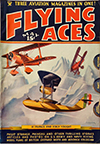
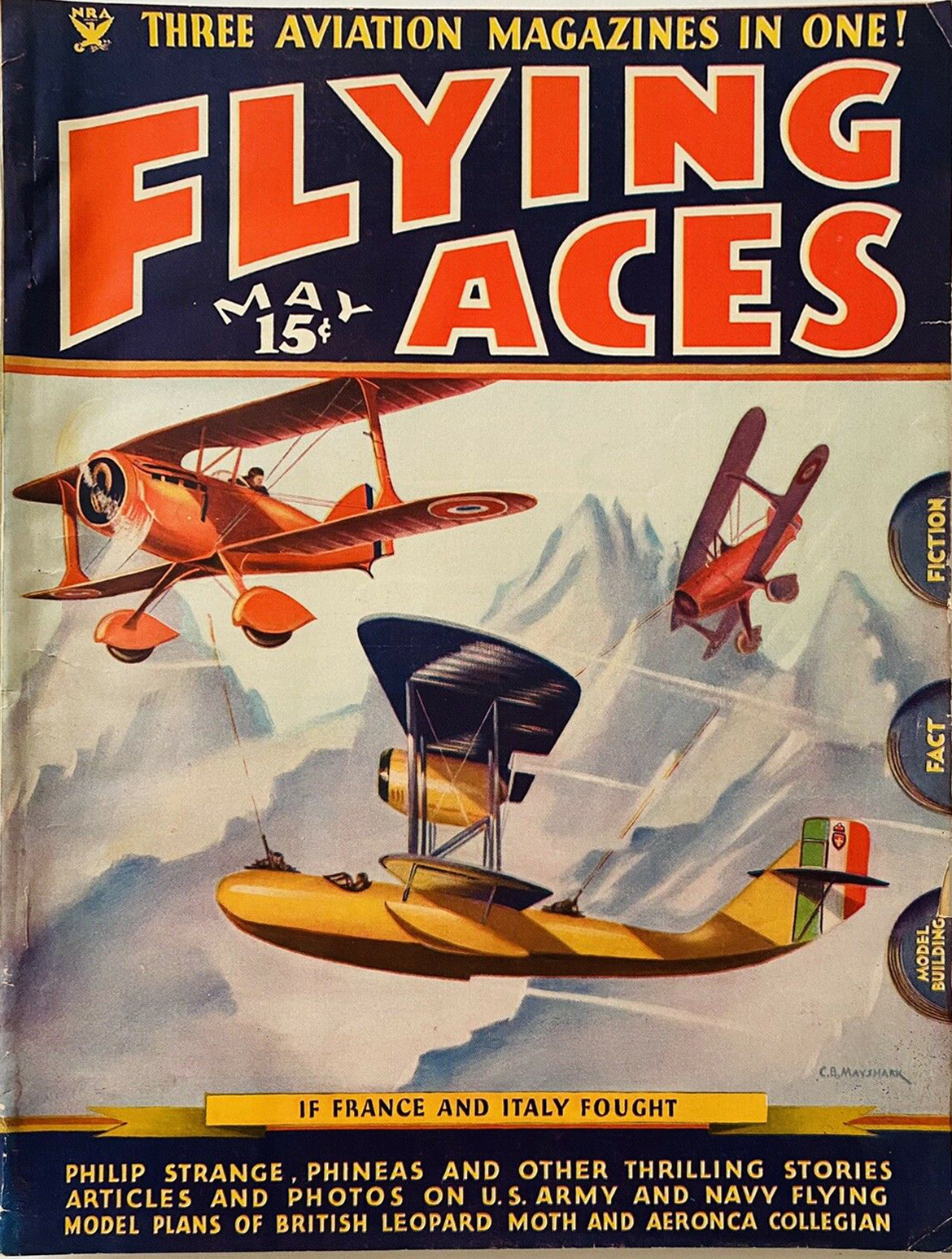
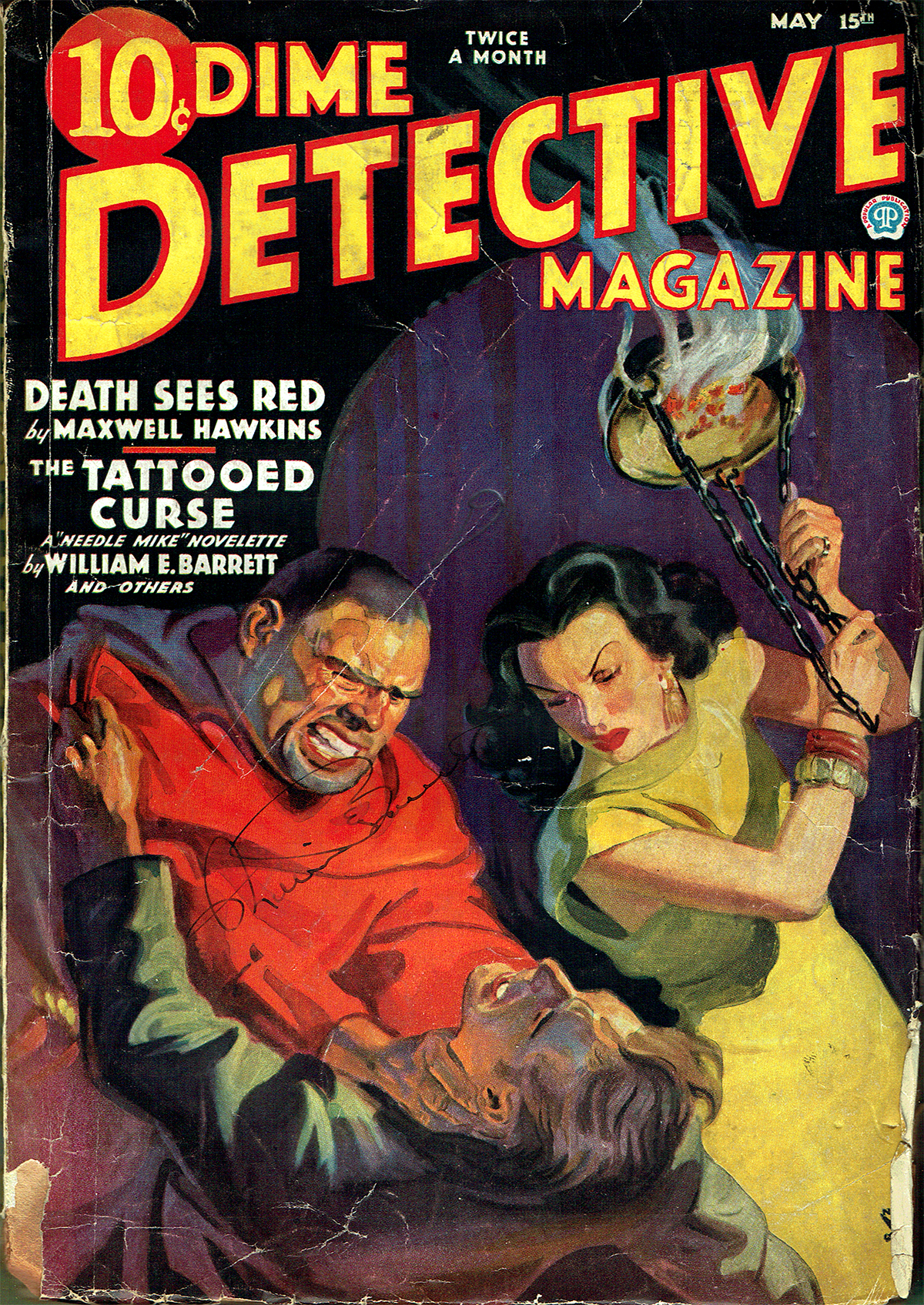
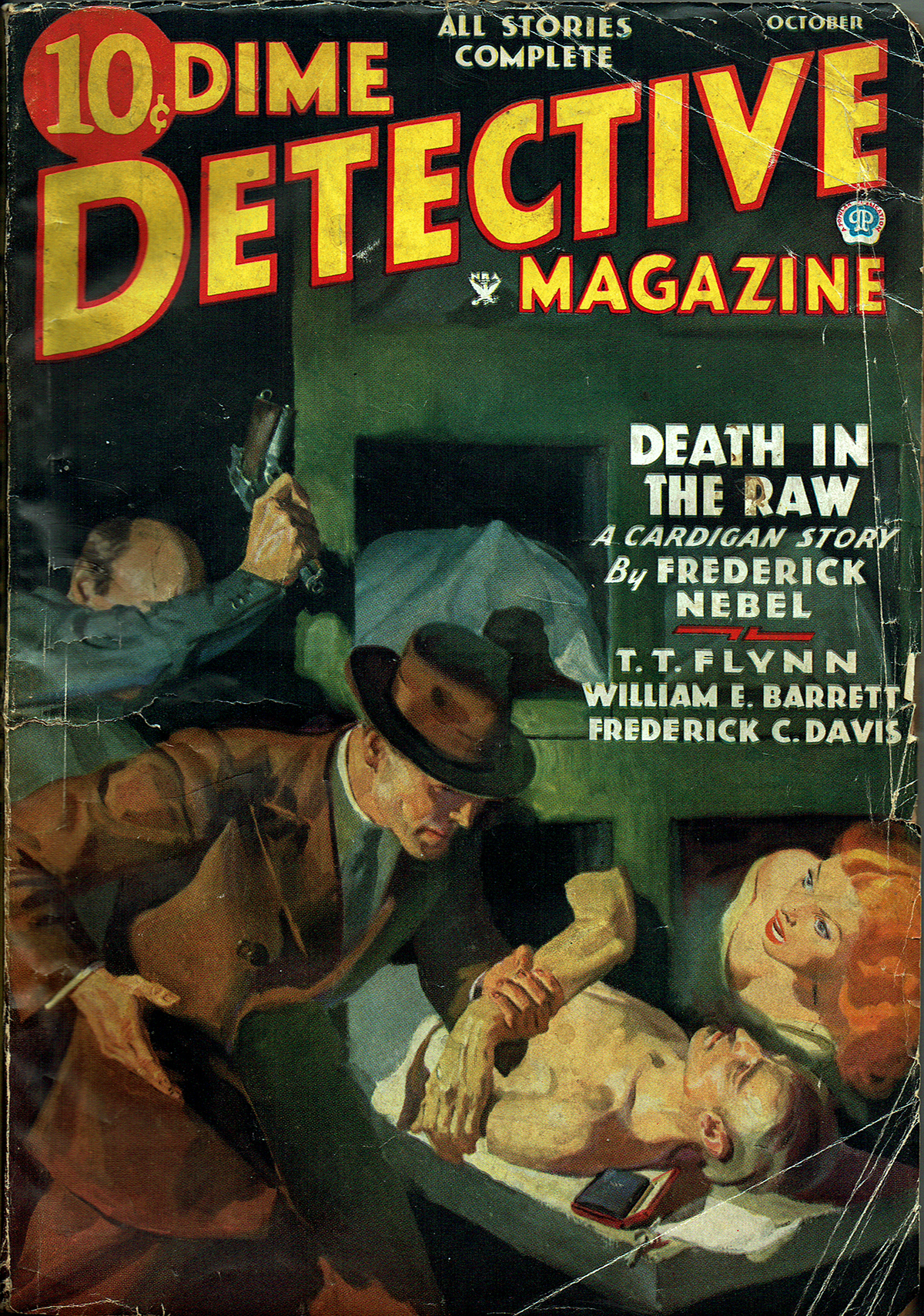

 the City of New York on November 16, 1900. It was snowing like blazes that day, if I remember rightly. Anyway, 1 managed to survive the hazards of Manhattan boyhood until I was sixteen, then, while the native New Yorkers of my age were pouring in from Kansas, Missouri and Minnesota, I followed the family star of destiny to Colorado. I had prepared at Manhattan College Prep in New York for an engineering career, but this proved to be a misdeal and I took a whirl at reporting for a Denver daily. I never progressed past the cub stage and was fervently advised by a harassed city ed. that I never would. After that I became one of the young men who signed the coupon.
the City of New York on November 16, 1900. It was snowing like blazes that day, if I remember rightly. Anyway, 1 managed to survive the hazards of Manhattan boyhood until I was sixteen, then, while the native New Yorkers of my age were pouring in from Kansas, Missouri and Minnesota, I followed the family star of destiny to Colorado. I had prepared at Manhattan College Prep in New York for an engineering career, but this proved to be a misdeal and I took a whirl at reporting for a Denver daily. I never progressed past the cub stage and was fervently advised by a harassed city ed. that I never would. After that I became one of the young men who signed the coupon.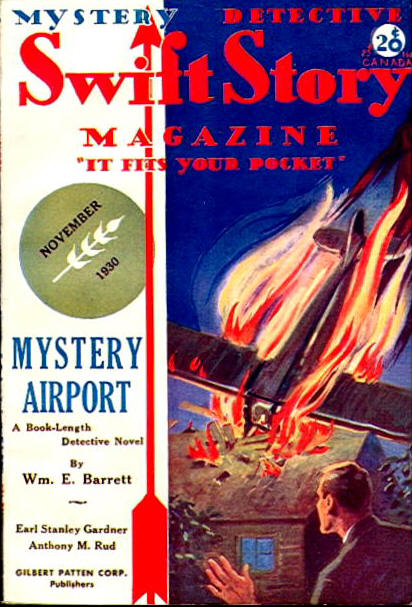 Great thinkers are not lions for courage—thought convinces them of the folly of risk. I am thinking of the men who brought the law to the wilderness in the first place (the same type who will bring it back when it strays). Most of them were men who sought escape from the law some place else— not sticklers for the fine points of the written law, but foursquare for a square deal and for the rights of human beings to live their lives and keep what they have. Derek Dane stands for that and, if he steps outside the statute book to get results, he has fundamental laws to justify him.
Great thinkers are not lions for courage—thought convinces them of the folly of risk. I am thinking of the men who brought the law to the wilderness in the first place (the same type who will bring it back when it strays). Most of them were men who sought escape from the law some place else— not sticklers for the fine points of the written law, but foursquare for a square deal and for the rights of human beings to live their lives and keep what they have. Derek Dane stands for that and, if he steps outside the statute book to get results, he has fundamental laws to justify him.
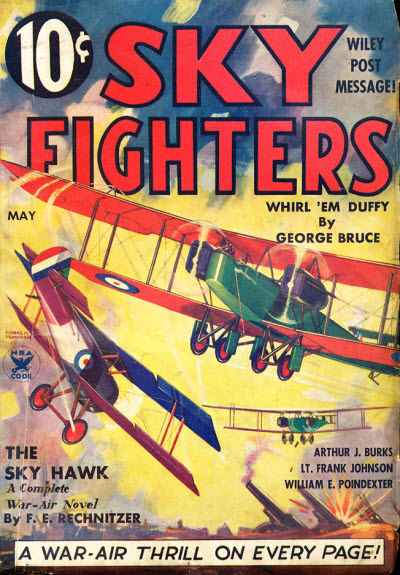 Silent Orth had made an enviable record, in the face of one of the worst beginnings—a beginning which had been so filled with boasting that his wingmates hadn’t been able to stand it. But Orth hadn’t thought of all his talk as boasting, because he had invariably made good on it. However, someone had brought home to him the fact that brave, efficient men were usually modest and really silent, and he had shut his mouth like a trap from that moment on.
Silent Orth had made an enviable record, in the face of one of the worst beginnings—a beginning which had been so filled with boasting that his wingmates hadn’t been able to stand it. But Orth hadn’t thought of all his talk as boasting, because he had invariably made good on it. However, someone had brought home to him the fact that brave, efficient men were usually modest and really silent, and he had shut his mouth like a trap from that moment on.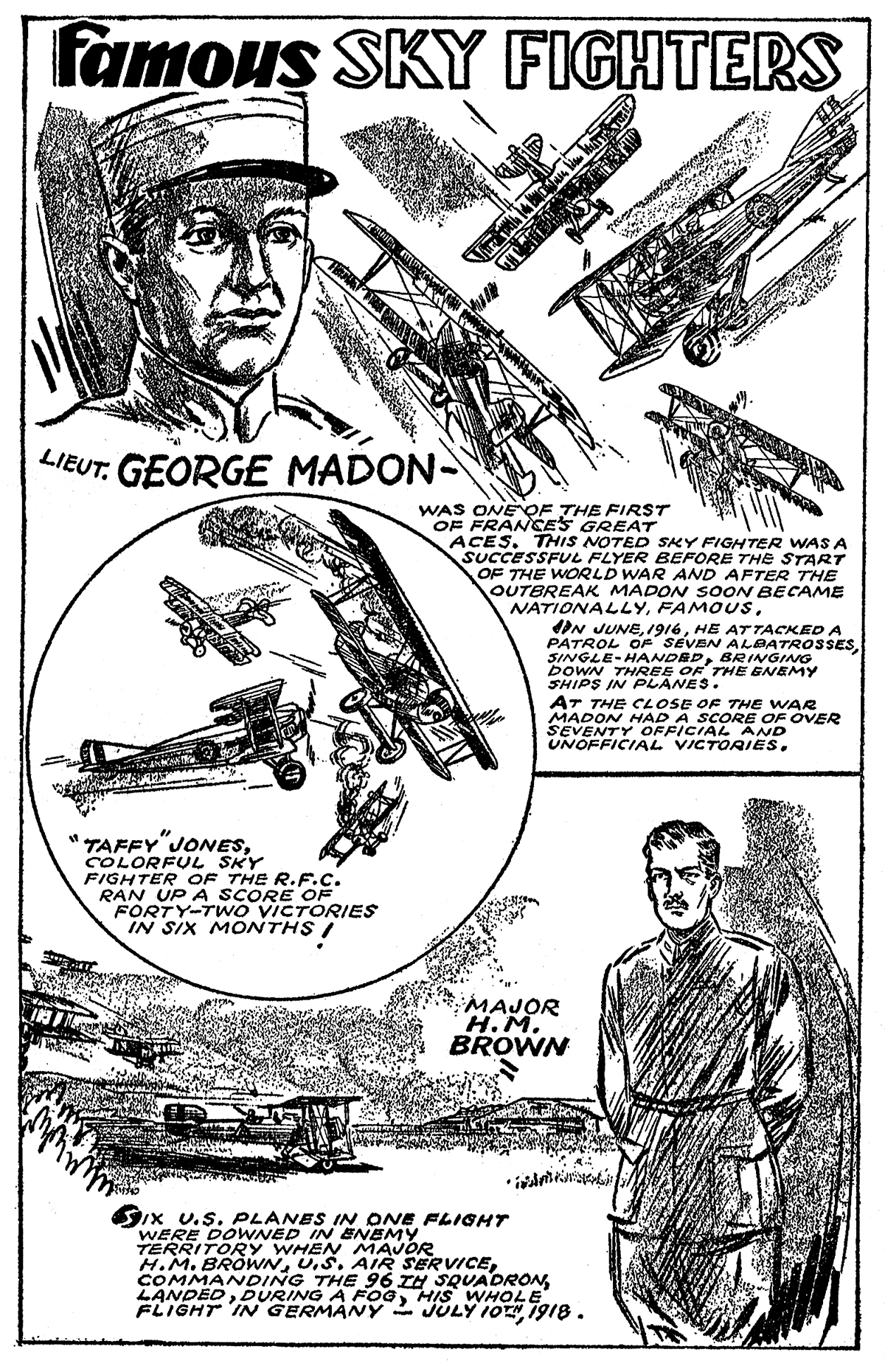
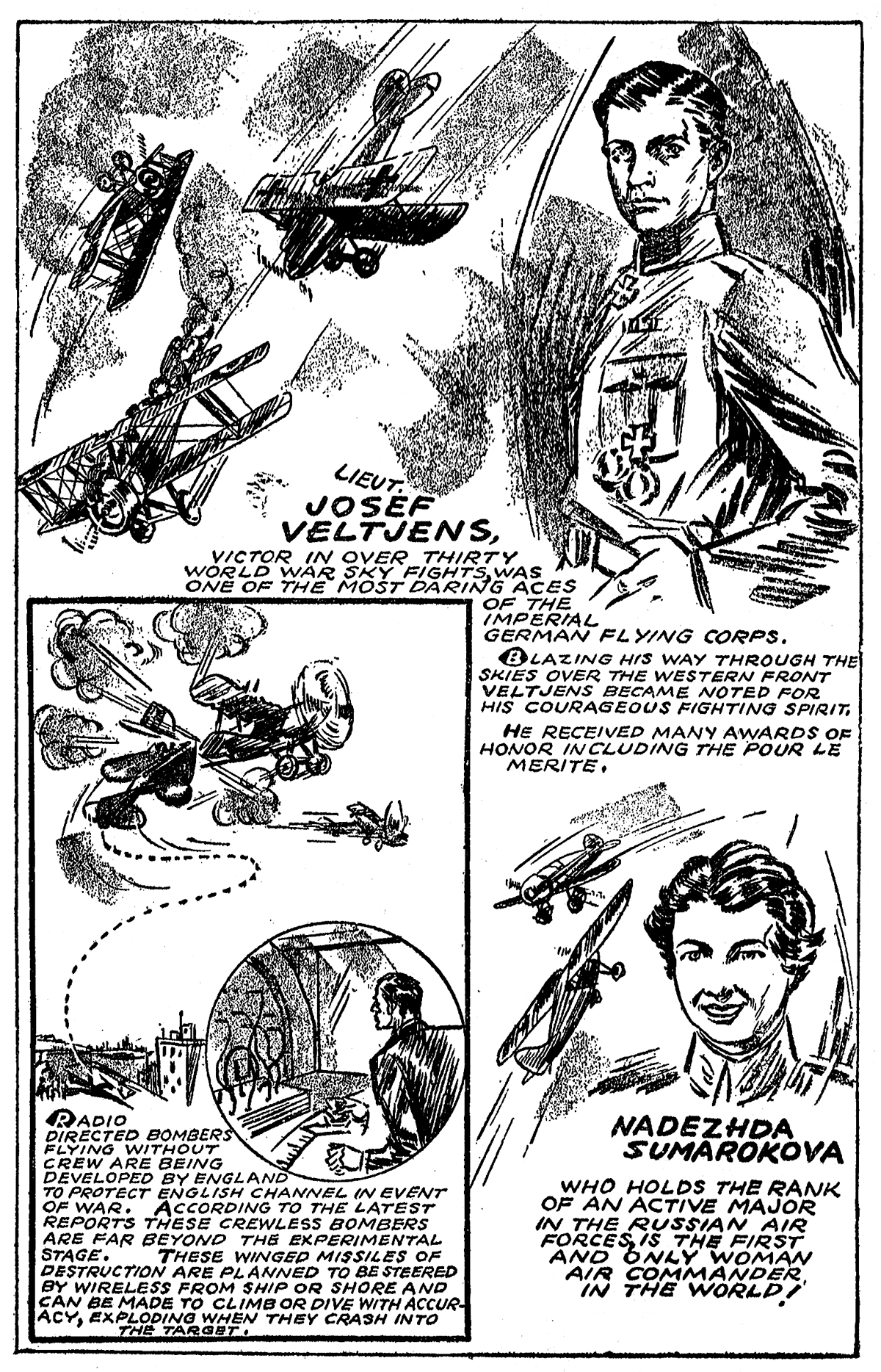
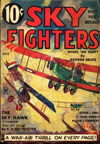
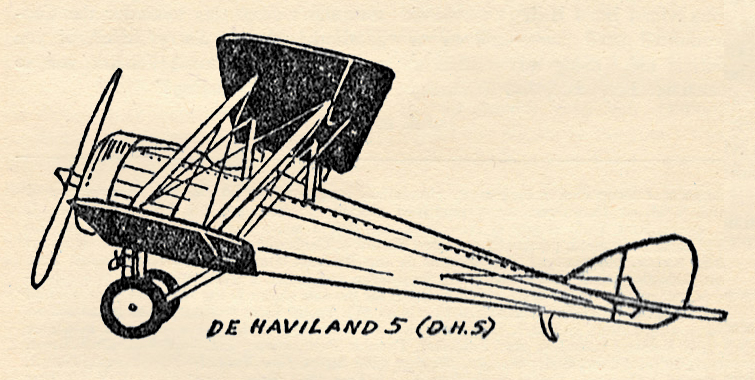
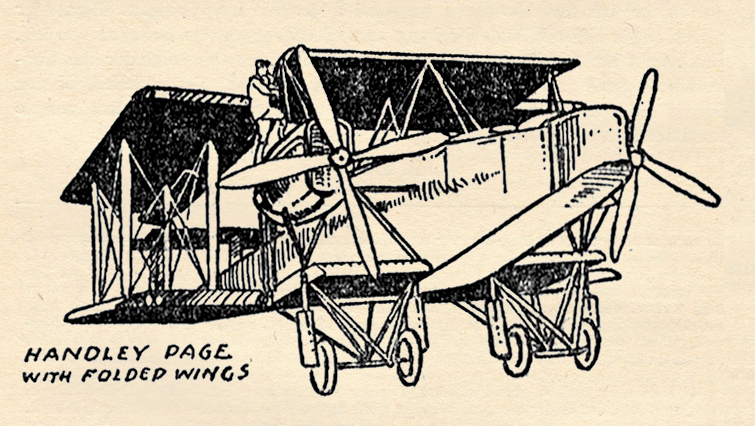

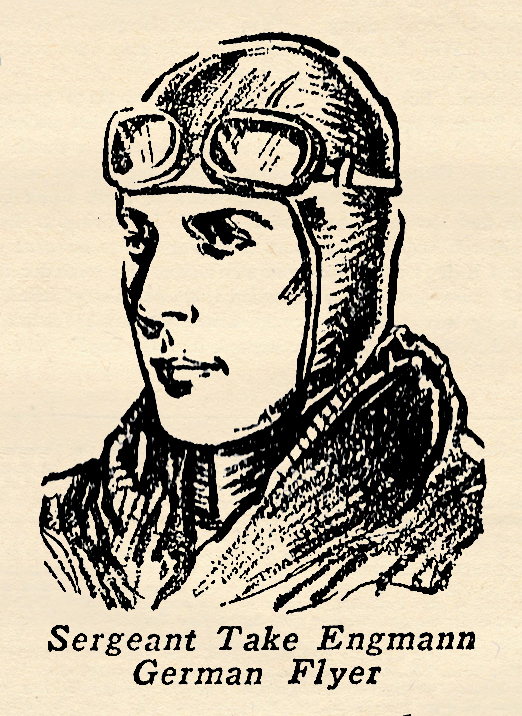 air did not fly single-seater fighting planes, and all of the heroes did not accomplish their missions single handed. Some of the great feats were accomplised by the pilots of the bigger, bulkier, clumsier, two and three-seater observation and bombing planes. Sergeant Engmann was one of the heroes of this latter class. Obscure, reticent, retiring by nature, his own part in the many successful missions accomplished by the greatest of all German observation aces, Captain Heydemarck, whose pilot he was, marks him as one of the outstanding flyers of the war.
air did not fly single-seater fighting planes, and all of the heroes did not accomplish their missions single handed. Some of the great feats were accomplised by the pilots of the bigger, bulkier, clumsier, two and three-seater observation and bombing planes. Sergeant Engmann was one of the heroes of this latter class. Obscure, reticent, retiring by nature, his own part in the many successful missions accomplished by the greatest of all German observation aces, Captain Heydemarck, whose pilot he was, marks him as one of the outstanding flyers of the war.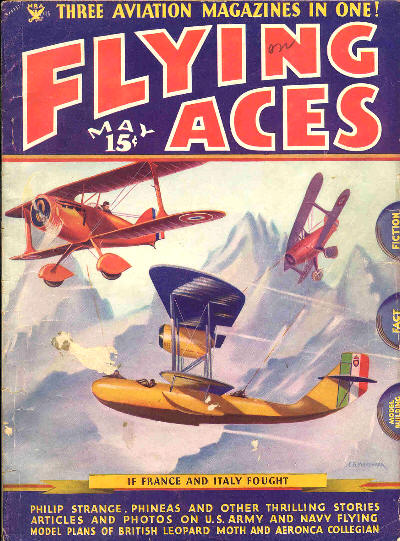 You heard right! That marvel from Boonetown, Iowa is back with a tale of starry-eyed colonels with visions of Hollywood and hidden german gun placements. Can that Knight of Calamity manage to find the Boche’s long-range guns while placating a colonel who thinks he’s the next Cecil B. DeMille all while avoiding landing in a dank cell in Blois? Find out in “Cinema Bums” from the pages of the May 1935 Flying Aces.
You heard right! That marvel from Boonetown, Iowa is back with a tale of starry-eyed colonels with visions of Hollywood and hidden german gun placements. Can that Knight of Calamity manage to find the Boche’s long-range guns while placating a colonel who thinks he’s the next Cecil B. DeMille all while avoiding landing in a dank cell in Blois? Find out in “Cinema Bums” from the pages of the May 1935 Flying Aces.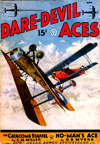
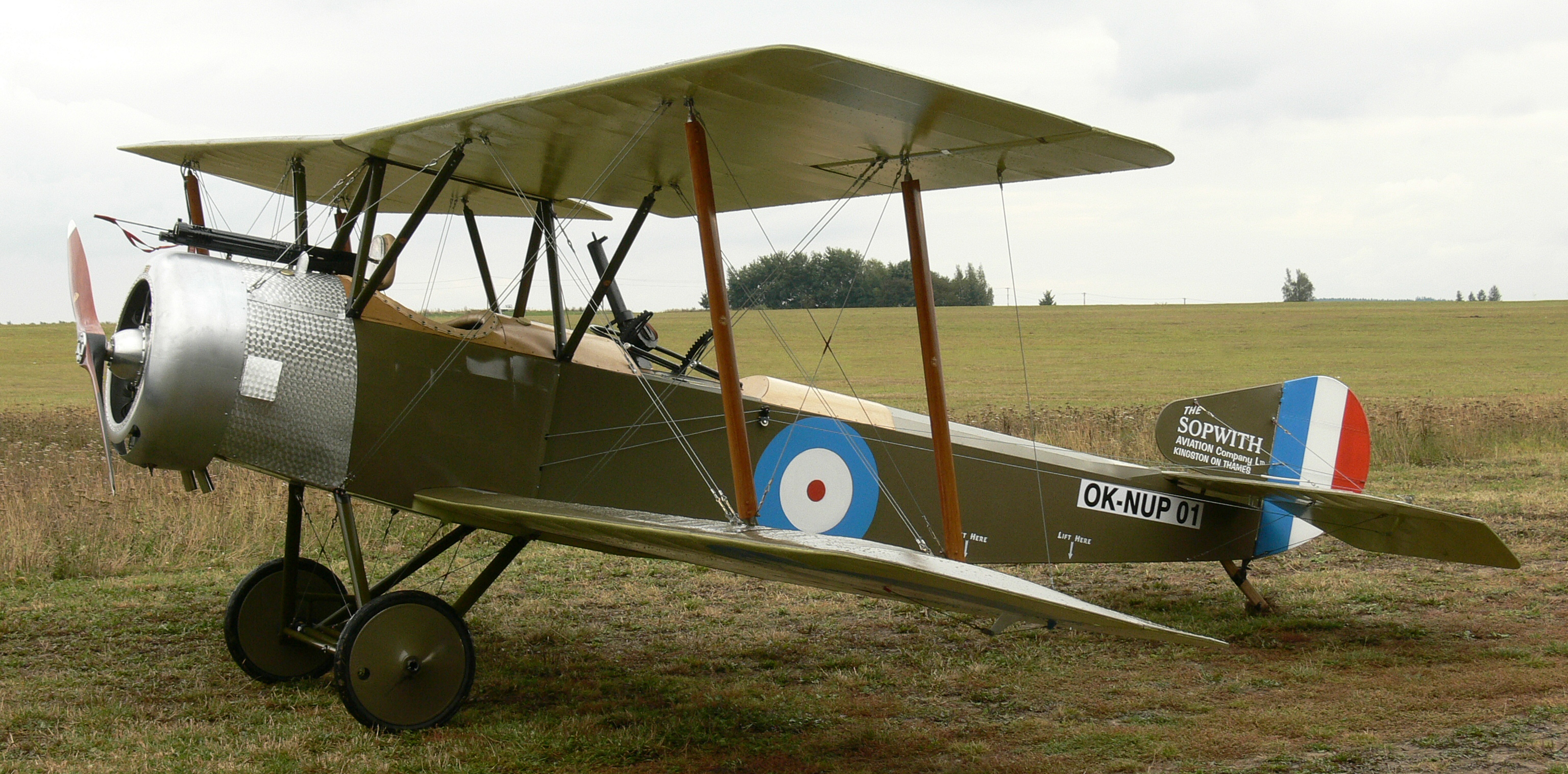
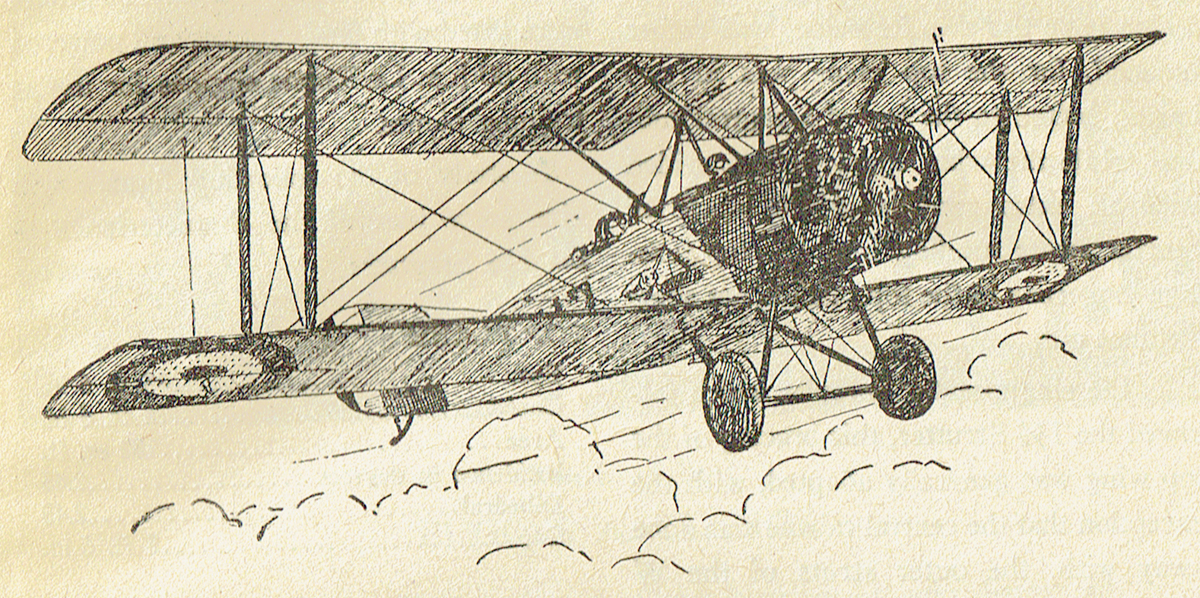
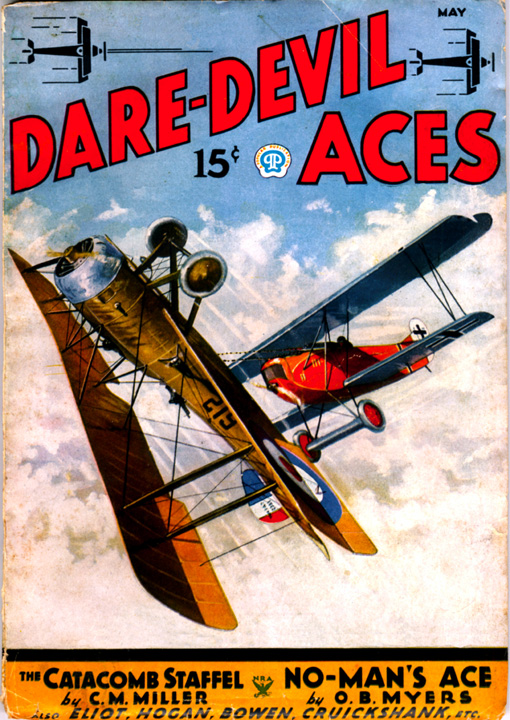
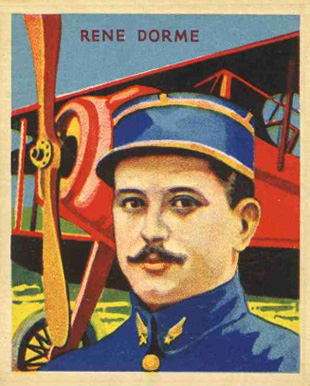 of
of